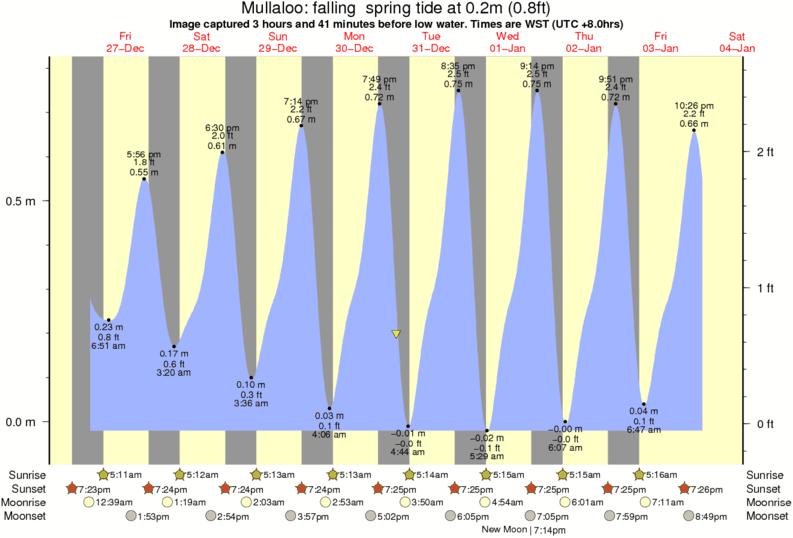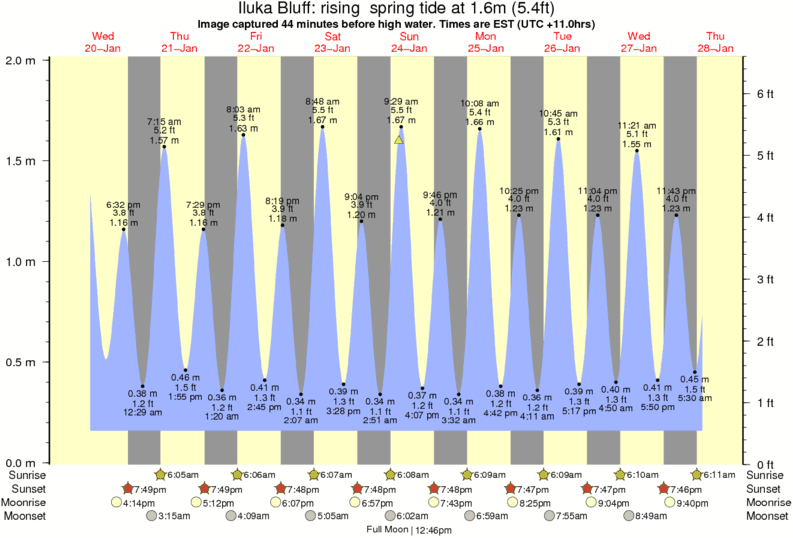

Now let’s look at a tide chart from Hilton Head Island, South Carolina: On the x-axis, the numbers are the hours in a day, so you can tell what the tide will be doing at different times in the day. This just means that it’s the typical low water level mark.Īnything below 0 means that it’s an abnormally low tide, and anything above 0 is how high above the average low tide the water level is at any given point in time. The 0 is the tide chart datum, which represents the low astronomical mean water level. On the y-axis, you can see that the numbers go from 0 to 3 feet. Someone should really just apply the corrections to the xtide current predictions so that we could get graphs for the sites directly without having to do any math ourselves.Below is a screenshot from that shows the tides for Egmont Key near St. I've done that process, drove out to a site that i've never been at before, and done a dive where halfway through the dive the seaweed started being blown from the other direction - which is what you want to see if you've timed slack correctly.

subtract backwards for buddy checks, gear up time and how fast you expect to be able to go from meet time to actually starting the dive proper (usually at least 60 minutes). if you want to do a 60 minute dive, subtract another 30 minutes to get the start time you're shooting for your dive.Ħ. scooter speed is only about 2 knots/mph.ĥ. you should also be able to find a multiplication factor for the speed of the current - and 0.50 knots/mph is about as fast as divers typically swim, with 1 knot/mph being about max speed. find the offset for the slack current you're looking for using fischnaller's book or any of the other resources which list an offset in minutes from stations like admiralty inlet to the actual dive site you want to dive. You should now have enough information to basically figure out if you're diving the site or not. for shallow sites like the alki pipeline you probably want to be diving high tide rather than low tide. figure out if you're diving roughly high tide or low tide for the given slack. slack current for your site will be within about an hour of slack at admiralty inlet (this is zero crossing on a graph) or within an hour of high/low tide (peaks and troughs on a graph) at the nearest tide station to the site, so eyeball it and see how it fits with your plans.ģ. 10+ foot exchanges means you should stick to less current-sensitive sites like cove 2 or whatever.Ģ. look at the tides/currents and see how scary they look for the day. Any links that break this down to an understandable level would also be welcomeġ.

MUKILTEO SLACK TIDE GRAPH HOW TO
Looking ahead on the weekends I found that the variance from low to high tide on the 5th & 6th is fairly minimal in the morning-on the 12th & 13th it's minimal late afternoon-being of little to no experience I'm trying to deduce that this means it would be a good time to dive-the current tables on these pages might as well be greek-I understand max ebb & slack but don't know how to applly this to my dive sight location which FWIW would probably be edmonds or Mukilteo-Īll that said do you show up at predicted high tide or before or after & by how much? Do I sound confused yet? I'm trying to drag warm water divers with me so I'm trying pick the optimum time to bring them out. Do they have a relevant value to YOU when you feel like diving or do you just dive in when the mood strikes? I understand that noone wants to take a long walk in the muk to get to the water but I'm wondering if any conclusions on possible vis & strong currents( specifically a lack thereof) can be drawn from analysis of these charts-I have a a Captain Jacks tide & current tables book. I'm wondering if any of you experienced divers can help a new guy understand the tide & current tables.


 0 kommentar(er)
0 kommentar(er)
